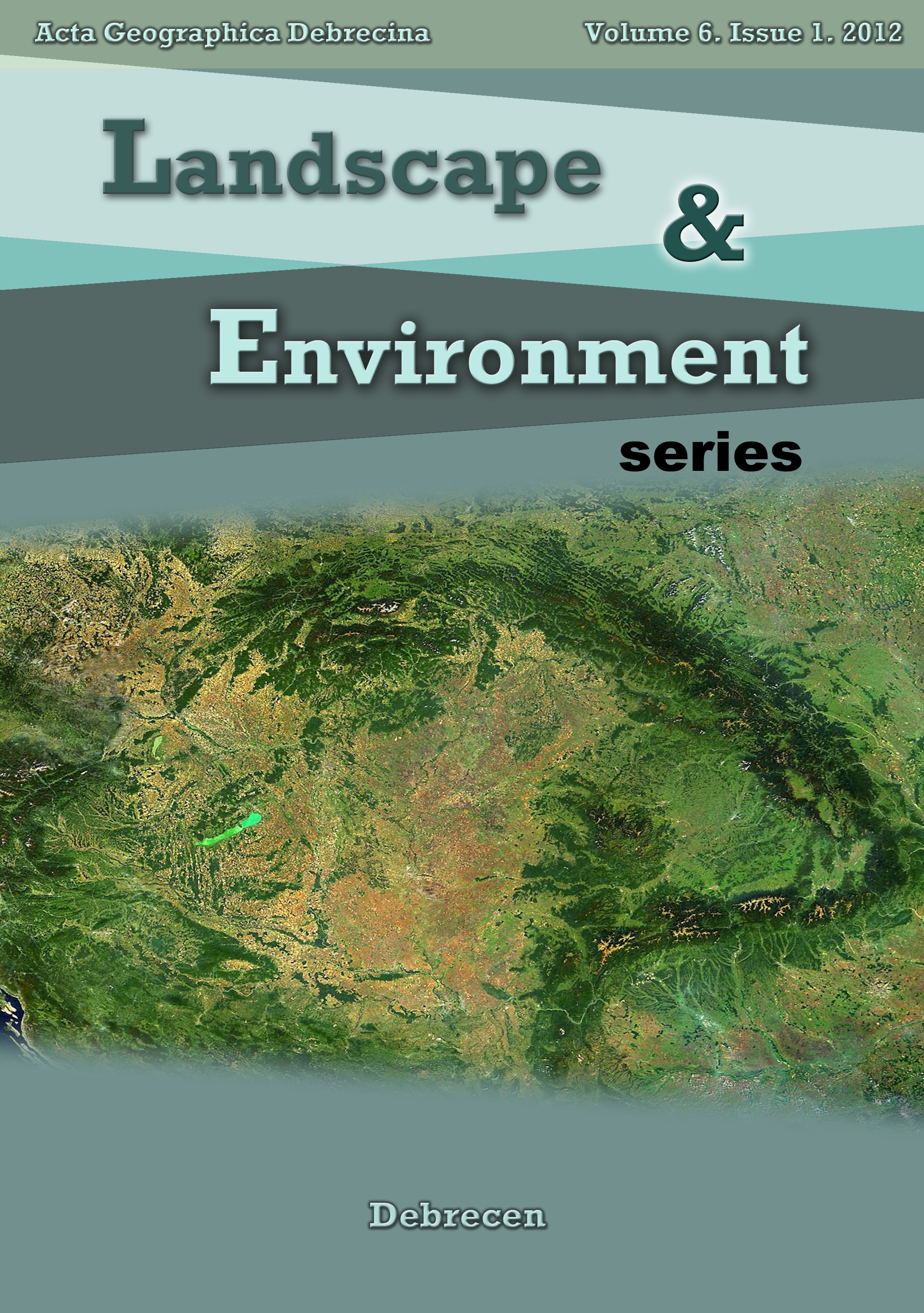Analysis of landscape geographic impacts of potential climate change in Hungary
Authors
View
Keywords
How To Cite
Abstract
Change of climate can be a remarkable turning point in the 21st century history of mankind. An important task of landscape geographic research is forecasting environmental, nature protection, land use demands and helping mitigation of disadvantageous processes from the aspect of society. ALADIN and REMO numeric climate models predict strong warming and lack of summer precipitation for the area of Hungary for the period between 2021 and 2100. There is a predicted growth in frequency of extreme weather events (heat waves, droughts hailstorms). Changes have been forecasted using data presented in table 1. For analyses of complex landscape geographic impacts of climate change the area of Hungary have been divided into 18 mesoregions with 5.000-10.000 km2 area each (figure 1). The main aspect of choosing the regions was that they should have homogeneous physical, geographic and land use endowments and, for this reason, they should react to climate change the same way. Relationships between landscape forming factors and meteorological elements examined by us have been taken into consideration. Results of analyses of impacts of the meteorological factors on the changes of relief through the mass movements are presented in this paper. Changes of landscape sensibility of mesoregions to mass movements have been presented in the last chapter for the periods between 2021-2050 and 2071-2100 according to numeric climate models.
